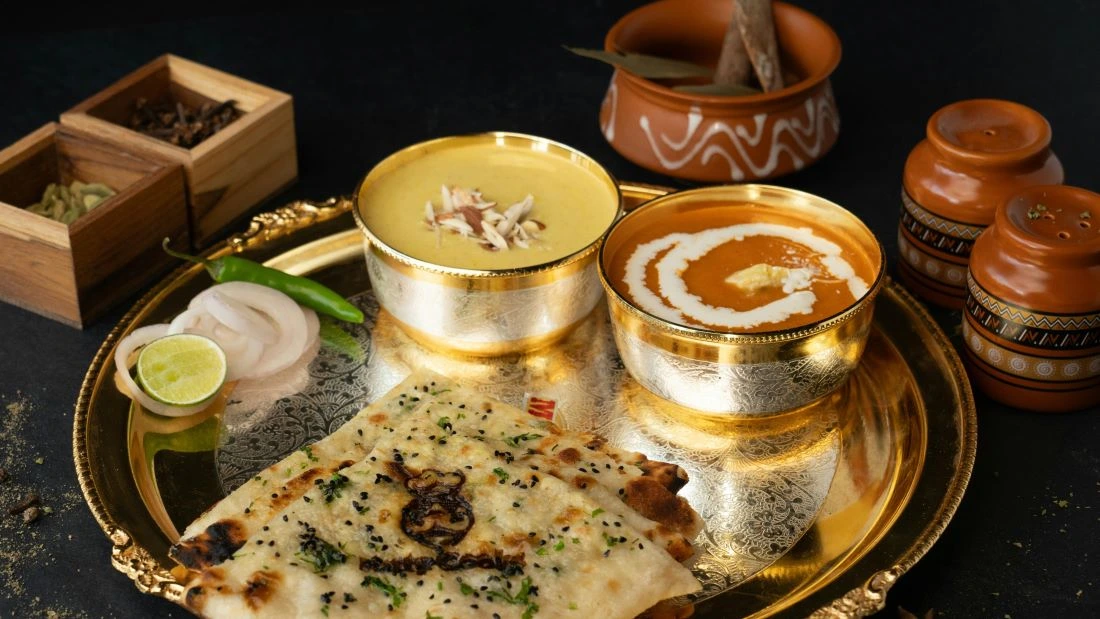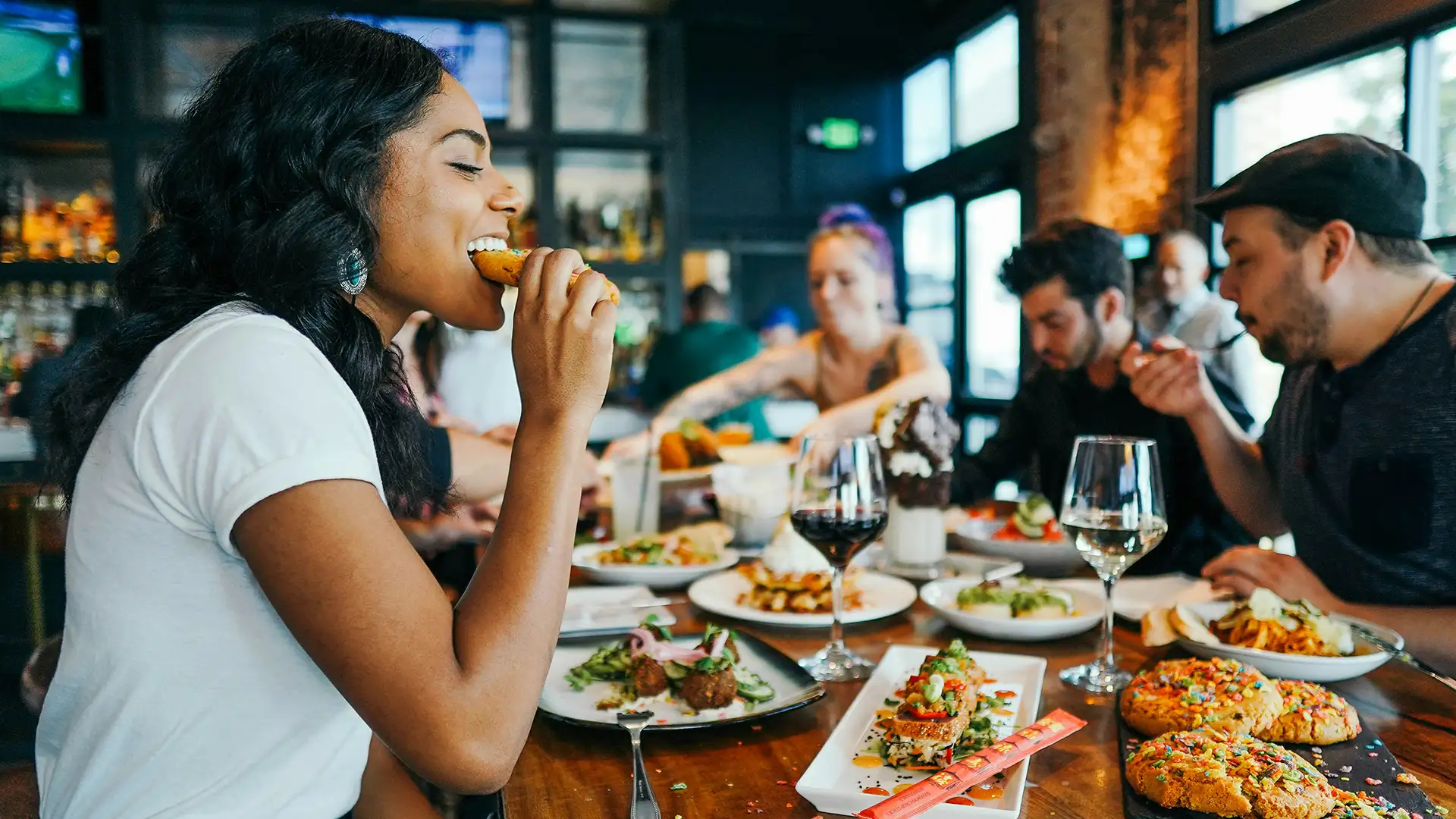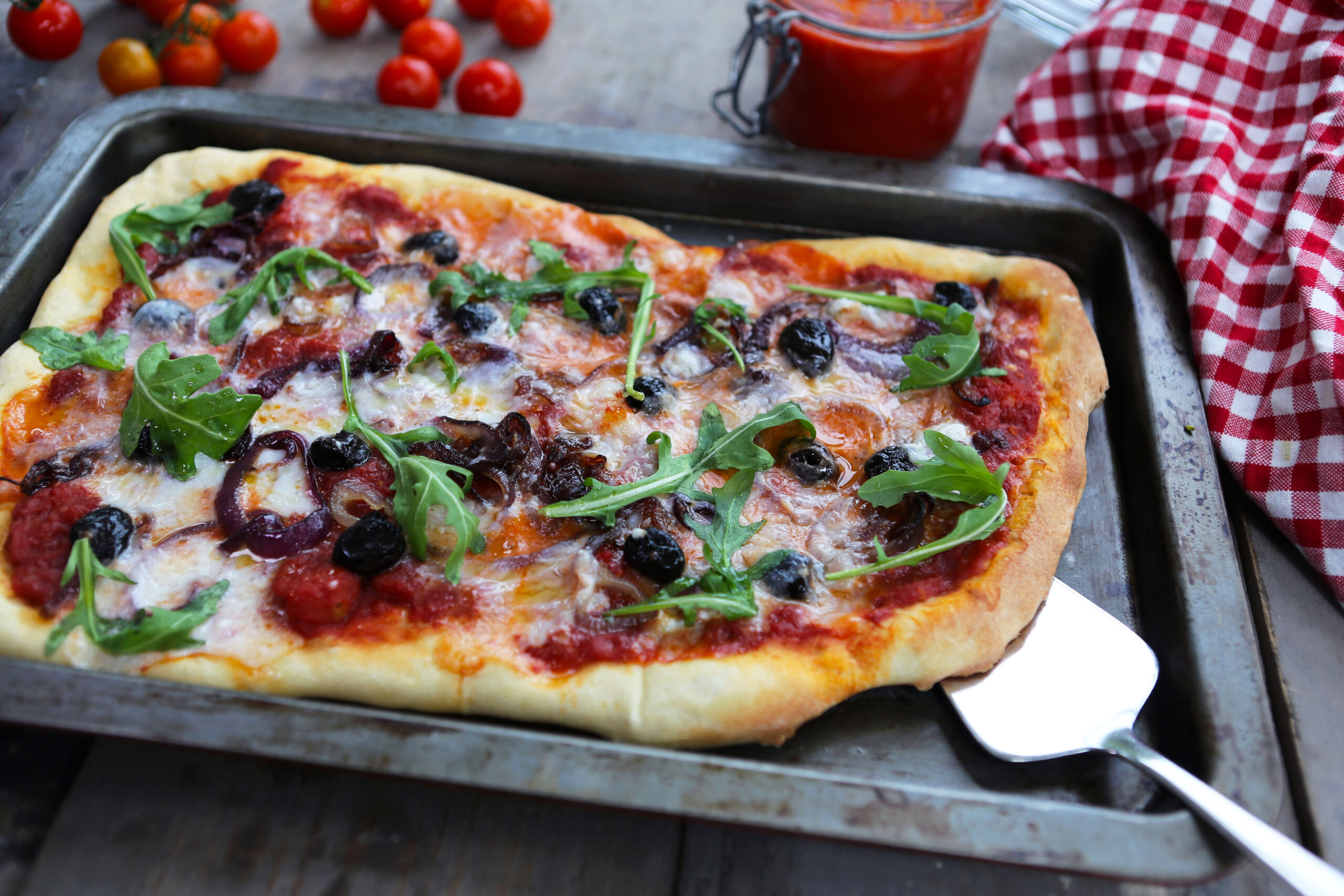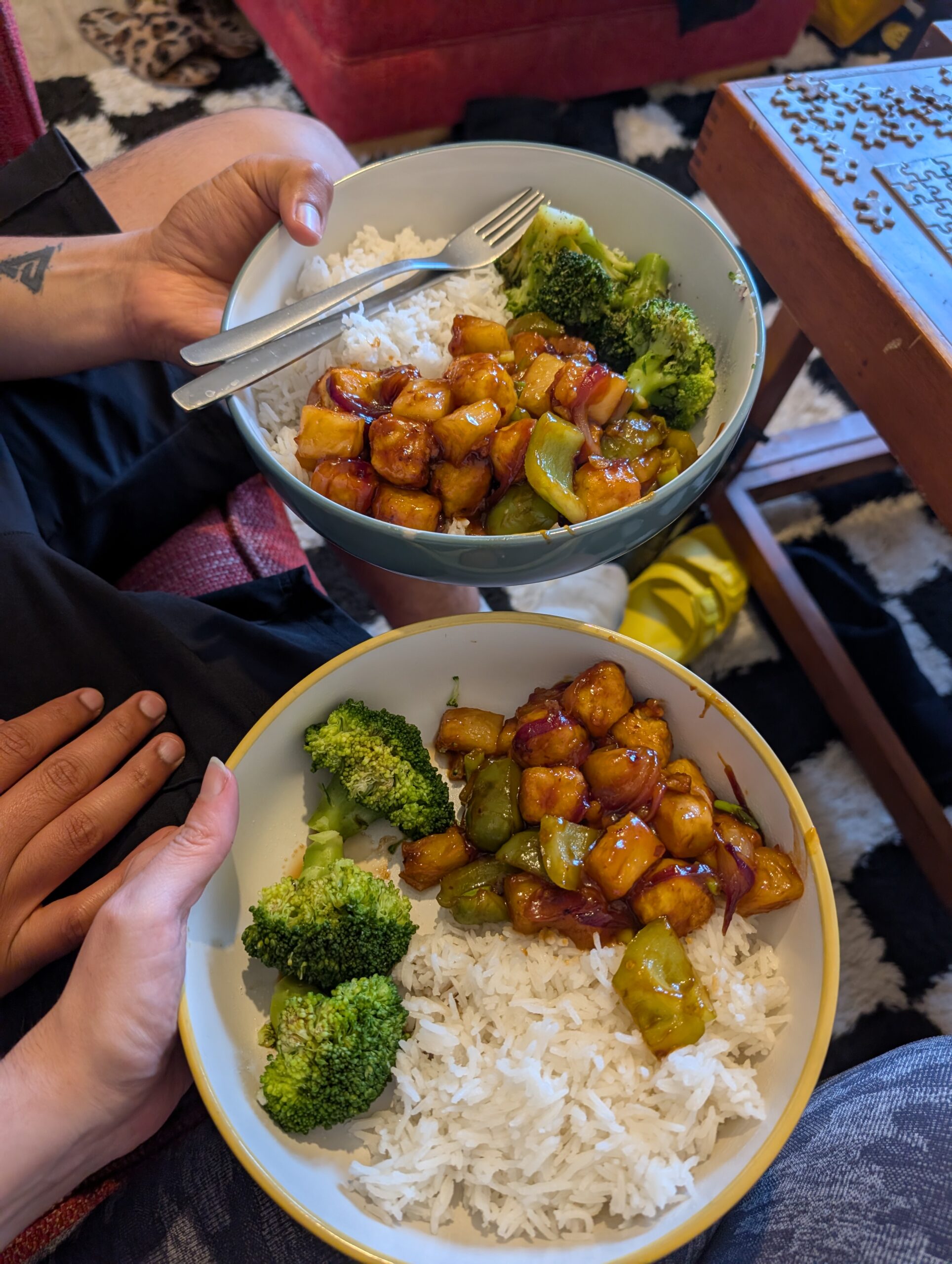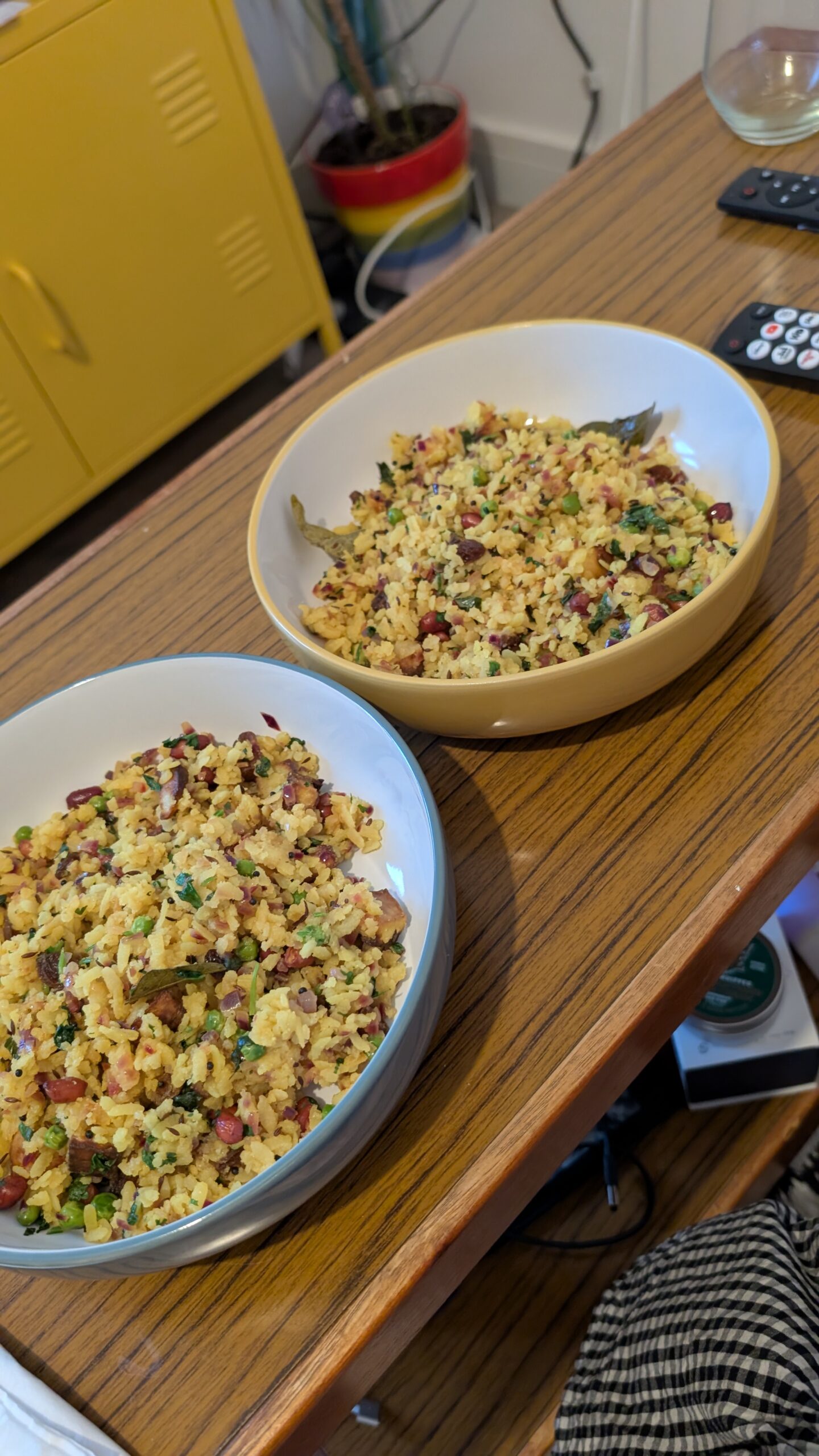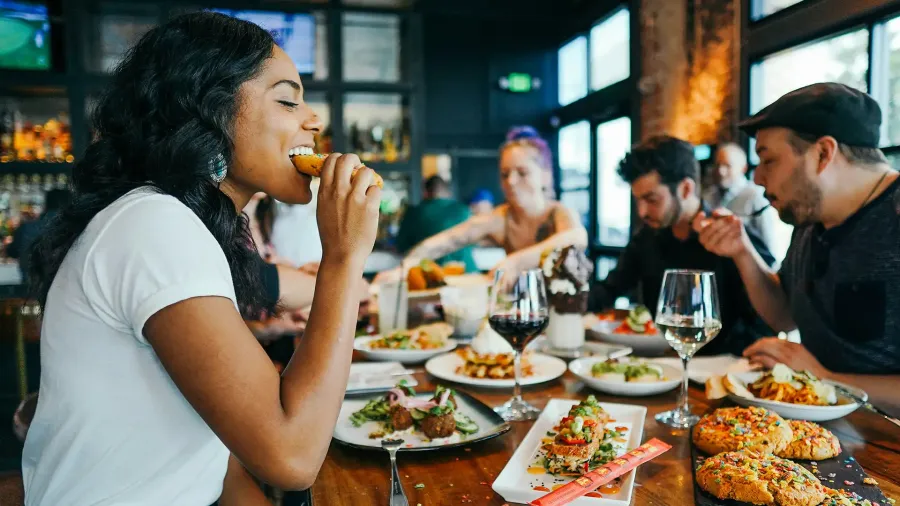How to Navigate Vegan Alcohol Choices
How to Navigate Vegan Alcohol Choices
When you’re embracing a plant-based lifestyle, it’s easy to think that any beer, wine or cocktail is automatically vegan – after all, it’s just fermented fruit, right? But as it turns out, not all alcoholic beverages are totally free from animal involvement. Luckily, with a little awareness and the right tools, you can raise a glass without compromise.

1. Why Some Alcohol Isn’t Vegan
Many drinks, especially wine and some beers, use animal-derived ingredients during processing, even if the final bottle doesn’t list them on the label. These include:
- Fining agents used in wine-making to clarify the liquid and remove impurities. Common agents include bone marrow, casein (a milk protein), and isinglass (fish bladder protein).
- Some modern craft beers also use lactose, honey and pretty much anything you could think of to create new flavours. The most infamous of these has to be cock-ale; popular in the 17th and 18th centuries, this beer had an entire chicken carcass added during the brewing process.
Thankfully, many producers now offer vegan alternatives by using bentonite clay, activated charcoal, plant-based proteins, or by skipping fining altogether.
2. Use Barnivore to Check Your Booze
Rather than guess, head straight to Barnivore – a free, comprehensive directory listing vegan-friendly beers, wines and spirits. Their community-vetted database helps you determine whether a drink is vegan, vegetarian, or not. With thousands of entries (and counting), it’s your go-to guide for confident, cruelty-free sipping.

3. What You Can Do
- Check labels and menus: Though animal ingredients aren’t always listed, some producers now highlight vegan wines or beers upfront.
- Search Barnivore: Type in your drink, check the verdict, and drink confidently
- Ask questions: Whether you’re in a bar or your local shop, don’t hesitate to say, “Can you check if this is vegan?”
Bottom Line
Vegan alcohol is more accessible than ever – but clarity still counts. Using tools like Barnivore and knowing what to ask can help you keep your plant-based journey flowing smoothly. Here’s to drinking with kindness!
